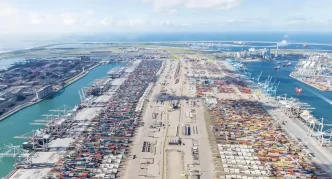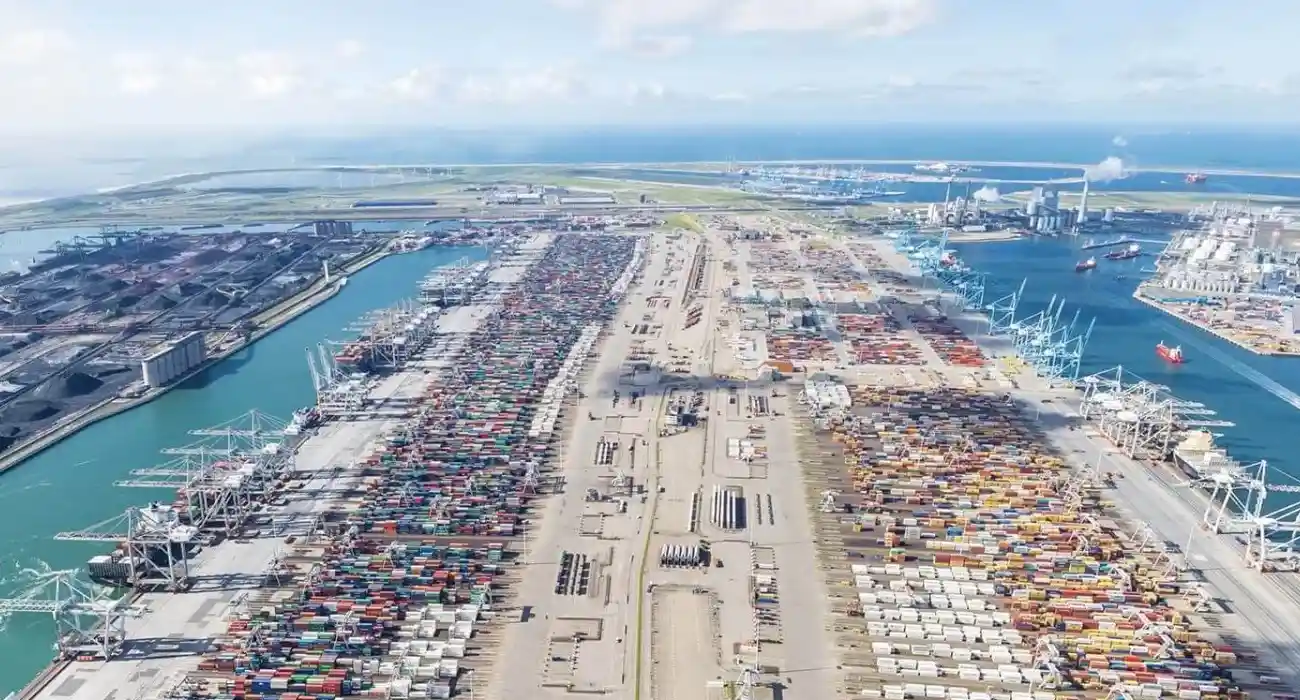A Shock to the System
Singapore, the gleaming hub of global trade, has hit an unexpected snag. In May 2025, its non-oil domestic exports (NODX)—a key gauge of economic health—slid by 3.5% year-on-year, reversing April’s robust 12.4% growth, according to Enterprise Singapore. The decline, which confounded analysts’ predictions of an 8% rise, was driven by a staggering 20.6% drop in shipments to the United States, one of Singapore’s largest markets. This abrupt slowdown raises alarm bells for a nation whose prosperity hinges on its role as a conduit for global commerce.
What’s Behind the Slump?
The export figures tell a tale of two sectors. Electronics, a cornerstone of Singapore’s economy, eked out a modest 1.7% growth in May, down from 23.4% in April. Personal computers surged by 50.9%, and consumer electronics jumped 49%, but these gains were overshadowed by weakness elsewhere. Non-electronic exports, which include petrochemicals and gold, fell 5.3%, with petrochemicals plunging 17.8% and non-monetary gold dropping 25.9%. Specialised machinery, critical for industrial supply chains, contracted by 11.7%.
The US market, however, bore the brunt of the damage. Shipments of specialised machinery to the US collapsed by 49.2%, while food preparations and miscellaneous manufactured goods fell by 35.7% and 41%, respectively. Other key markets also wobbled: exports to Thailand dropped 17%, and Malaysia saw a 7.6% decline, largely due to slumps in gold and chemicals. Yet, bright spots emerged, with exports to Taiwan, Indonesia, South Korea, and Hong Kong showing growth.
Global Trade in the Crosshairs
Singapore’s export woes cannot be viewed in isolation. The city-state, often dubbed a “canary in the coalmine” for global trade, is acutely sensitive to shifts in demand and policy. Analysts point to weakening US demand as a key driver, exacerbated by uncertainties over trade tariffs. Posts on X and reports from outlets like Reuters and Channel News Asia highlight fears that rising tariffs and a slowing global economy are darkening Singapore’s 2025 outlook. A recent ICAEW report warned that Singapore is among the ASEAN economies most vulnerable to US tariffs, predicting slower export growth in the second half of 2025.
The original report referenced a 90-day suspension of US tariffs (excluding China) and a US-China deal slashing tariffs to 10% and 30%, respectively, but these claims lack substantiation in available data. While US-China trade tensions have eased periodically, no concrete evidence confirms such a deal in May 2025. Similarly, Singapore’s negotiations to shield its pharmaceutical exports—over 10% of its US shipments—from US tariffs remain unverified. What is clear, however, is that global trade remains a geopolitical chessboard, with Singapore caught in the crossfire.
A Resilient but Fragile Economy
Despite May’s setback, Singapore’s exports grew 3.7% in the first five months of 2025, building on a 2.4% expansion in late 2024. This resilience underscores the nation’s ability to navigate choppy waters, but the outlook is cloudy. Enterprise Singapore has tempered expectations, forecasting NODX growth at the lower end of its 1-3% target for 2025, citing trade and tariff uncertainties.
For Singaporeans, the stakes are high. Exports drive nearly 60% of GDP, and a sustained slowdown could ripple through jobs, wages, and living costs. Globally, Singapore’s struggles signal broader challenges: if a trade titan like Singapore falters, what lies ahead for less diversified economies?
Looking Ahead
As Singapore grapples with this export shock, policymakers face tough choices. Minister for Trade and Industry Gan Kim Yong has vowed to push for trade concessions, but with the US holding firm on baseline tariffs, breakthroughs are uncertain. Meanwhile, Singapore’s pivot toward markets like Taiwan and Indonesia may cushion the blow, but it cannot fully offset a US slump.
For now, the world watches Singapore—not just for its economic prowess, but for what its struggles reveal about the fragile state of global trade. As tariffs loom and demand wanes, the city-state’s next moves will be a test of its resilience in an increasingly uncertain world.
















